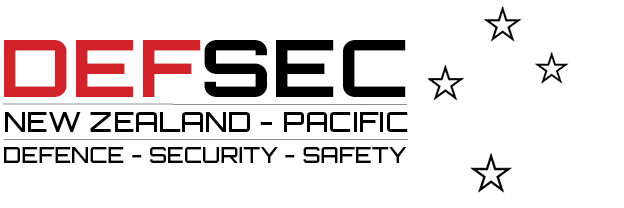
Opposition Spokesperson for Defence and Veterans Chris Penk MP writes that the grey zone presents an opportunity to redefine Defence and to orientate our military towards the threats of the future.
In summary: Grey zone activities undermine states but fall short of war / to navigate the grey zone we should consider a broad concept of ‘defence’ / NZDF and MoD should be government’s lead for try zone issues.
The discussion about ‘grey zone’ security threats is a fascinating one. I would argue that these threats represent an opportunity for defence to play the leading role in a new whole-of-government approach that feels overdue already.
It’s a timely discussion, I believe, with plenty of discourse (including in these pages recently) about the possibilities offered in the new information domain. It’s also very timely as the government considers – or at least should be considering – new ways of ensuring that the NZDF and Ministry of Defence are viewed as serious players in defending this nation’s interests.
In this context, the concept of ‘defence’ should be considered broadly. Policy makers will do a disservice to our military if they allow our uniformed men and women to be pigeon-holed to do only what they’ve always done. The traditional view of what’s achievable by an army, navy and air force simply must be broadened.
A self-fulfilling prophecy will continue to be told otherwise: if defence does only certain things, defence policies will be geared towards only those things, and then only those things become do-able by defence. As the old saying goes, if all you’ve got is a hammer then everything looks like a nail.
In the 21st century, any reasonable view of what’s needed to defend New Zealand’s interests must include threats and activity in the so-called ‘grey zone’.
This is generally defined as being a place where actions are taken to coerce or undermine nations but which fall short of war. Commentators point to examples that include the likes of cyberattacks, disinformation campaigns, and even strategic spending on aid.
These issues are not easily handled, especially where it’s difficult to attribute malicious activity to any actor. This is certainly a challenge in the relatively new frontier that is cyberspace. With few established rules and norms, along with low-cost entry to determined and talented hackers, traditional means of deterrence are much harder to apply online.
The Application of International Law to State Activity in Cyberspace document released by the Ministry of Foreign Affairs and Trade last year outlines New Zealand’s response to malicious cyberattacks, with a view to deterrence. Of course, its usefulness is limited to the extent that attribution for attacks cannot be reliably achieved.
The cases of disinformation and other forms of propaganda, to say nothing of aid agendas, are hardly less complex. As ever, known quantities in the form of existing security and intelligence relationships (including and especially via Five Eyes) are worth their weight in gold… or whatever the crypto-currency equivalent of gold might be, I suppose.
Competition – and even coercion – outside of warfare is not new. But since the dissolution of the Soviet Union and subsequent challenges to the rules-based international order, the lines once able to be drawn between conflict, coercion and competition have become rather less ‘black and white’.
The existence of a grey zone was acknowledged in the Briefing to the Incoming Minister for Defence of late 2020. That official document argued that “competition will increasingly occur within a new grey zone paradigm where actors undertake activities methodically and incrementally to gain advantage or influence in areas of interests to them”.
It’s also a term employed by our most important allies, such as in the Interim National Security Strategic Guidance issued recently in the United States and similarly within Australia’s 2020 Defence Fact sheet.
The issue will be underlined only more heavily in future years, as certain states and non-state actors appear increasingly willing to work outside the international rules-based order. To prevent this pillar of New Zealand’s security from crumbling, we must learn to navigate this space outside of rules and norms. By doing so, we can preserve the remaining elements of order.
As a nation, we cannot abandon the grey zone to those who would do harm in the world.
I’ve argued previously that all defence decisions in this nation need to be viewed through an allies’ interoperability lens. Policy and practice in response to grey zone threats would be a prime example.
Simply stated, our friends and allies are already working in the grey zone, and in order to keep up – or rather to avoid falling further behind – we must become more literate and capable in this space. We need to be able to work in with their efforts and also be seen to be pulling our weight.
It’s a challenge for New Zealand as a whole, rather than one simply for defence and defence-adjacent portfolios. Whereas the term ‘grey zone’ was coined to define areas that lie between traditional and non-traditional security threats, it could also describe gaps between government agencies’ silos.
This challenge should be considered an opportunity, however. The Minister of Defence should be advocating internally that the lead government agency for co-ordinating action on grey zone security issues be some combination of the NZDF and Ministry of Defence.
With more and more issues now falling in this no-man’s land of policy, it will be fascinating to see if the government is minded to seize such a strategic opportunity.









